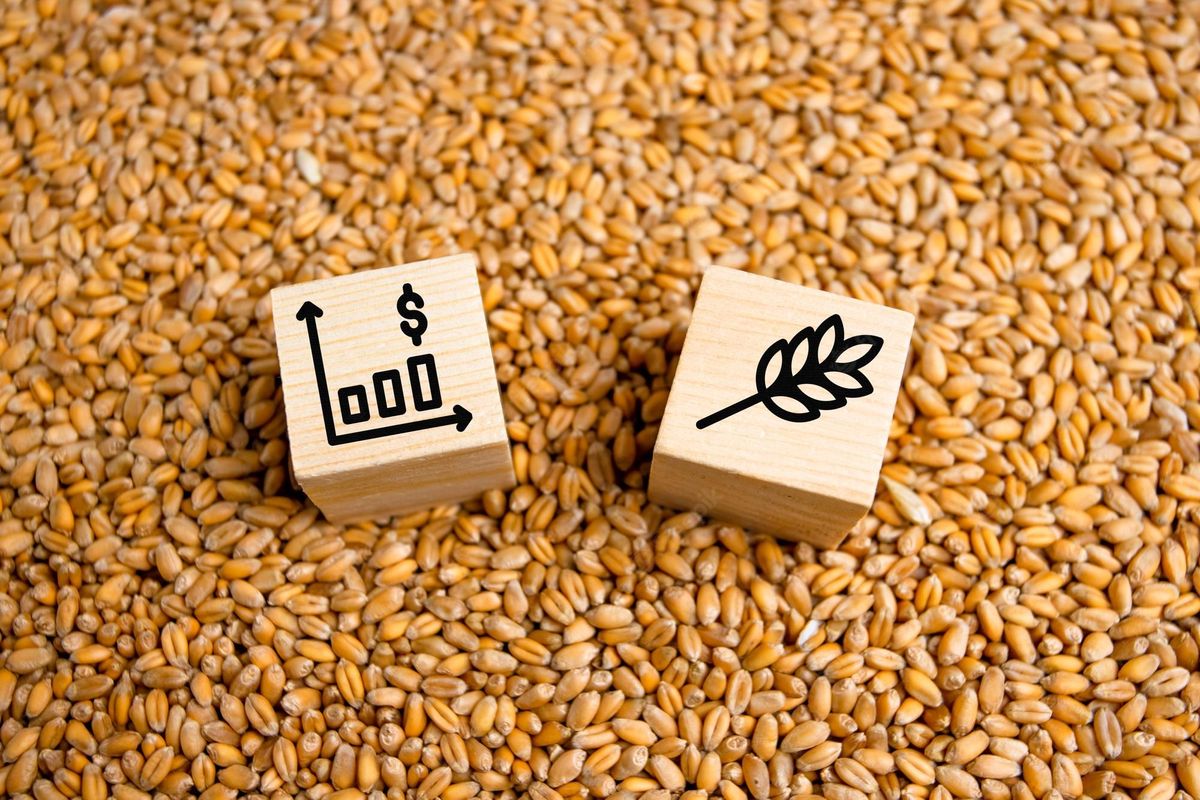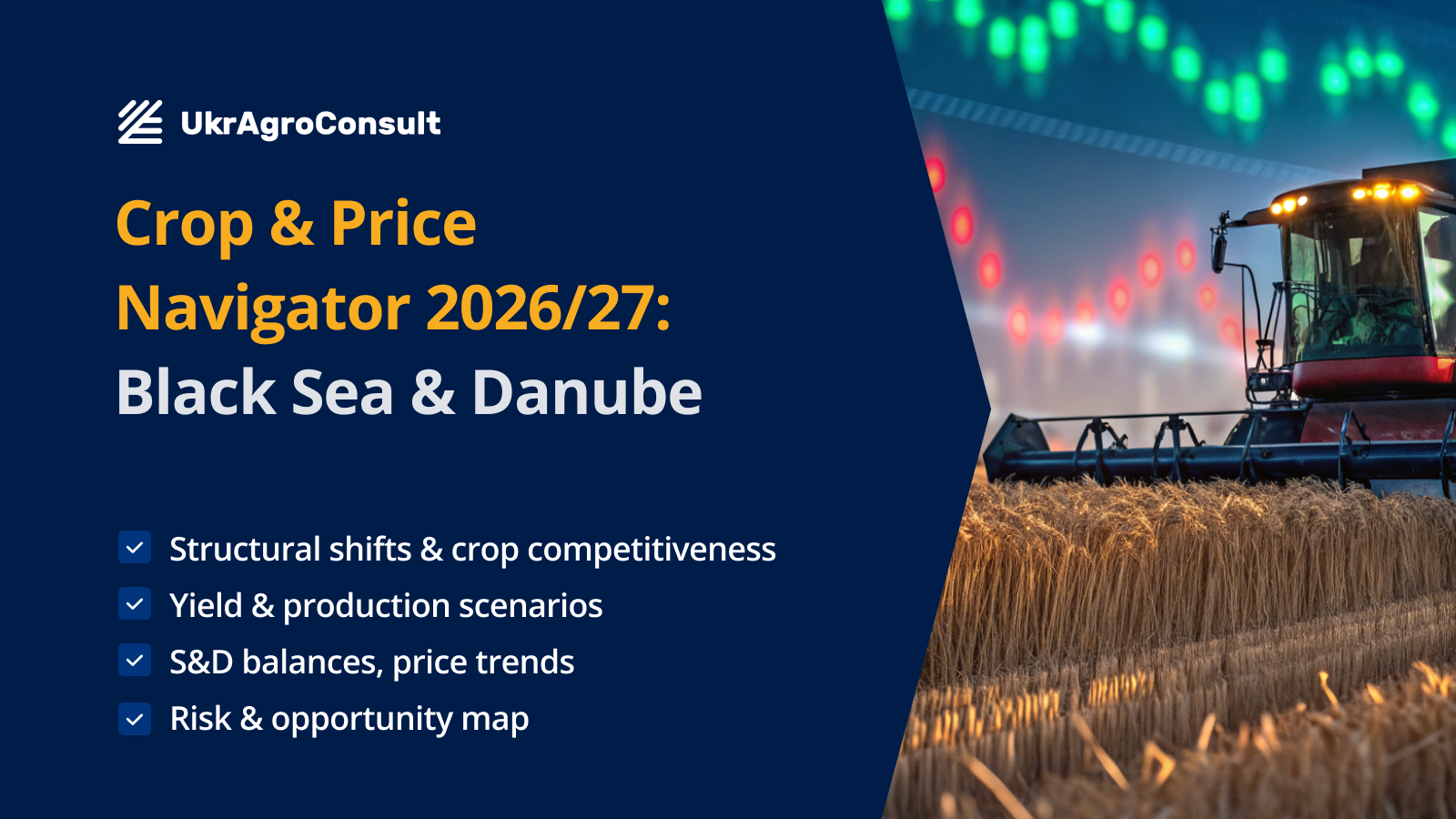Global agricultural market enters era of geopolitical pressure — Rabobank

The global agricultural market is entering a phase where geopolitical tensions, rather than supply and demand fundamentals, are becoming the dominant force. This is the key conclusion of the Rabobank Agri Commodity Outlook 2026 report.
According to analysts, the world is increasingly dividing into two spheres of influence — the United States and China — while agricultural exports are turning into a tool of political leverage. Trade wars and government subsidies are reshaping traditional supply chains and creating what the bank describes as a “fragmented food system.”
Rabobank notes a surge in state support for agriculture across the globe, from the US and Brazil to Russia and Indonesia. As a result, global supply remains high even amid low prices, and international grain and oilseed prices are expected to stay subdued in 2026.
The United States is reducing soybean plantings to a six-year low while expanding corn acreage to levels last seen in the 1930s. Brazil and Argentina are also increasing production. According to the bank, without significant weather shocks, there is little reason to expect any substantial price increases.
The report predicts persistent price gaps between regions due to tariffs and trade barriers, as well as a further slowdown in global trade amid weak economic growth — with global GDP in 2026 potentially easing to 2.7%.
Rabobank emphasizes that the agricultural sector is entering a prolonged period of uncertainty, where political decisions may play as important a role as yields or global stock levels.
Write to us
Our manager will contact you soon



